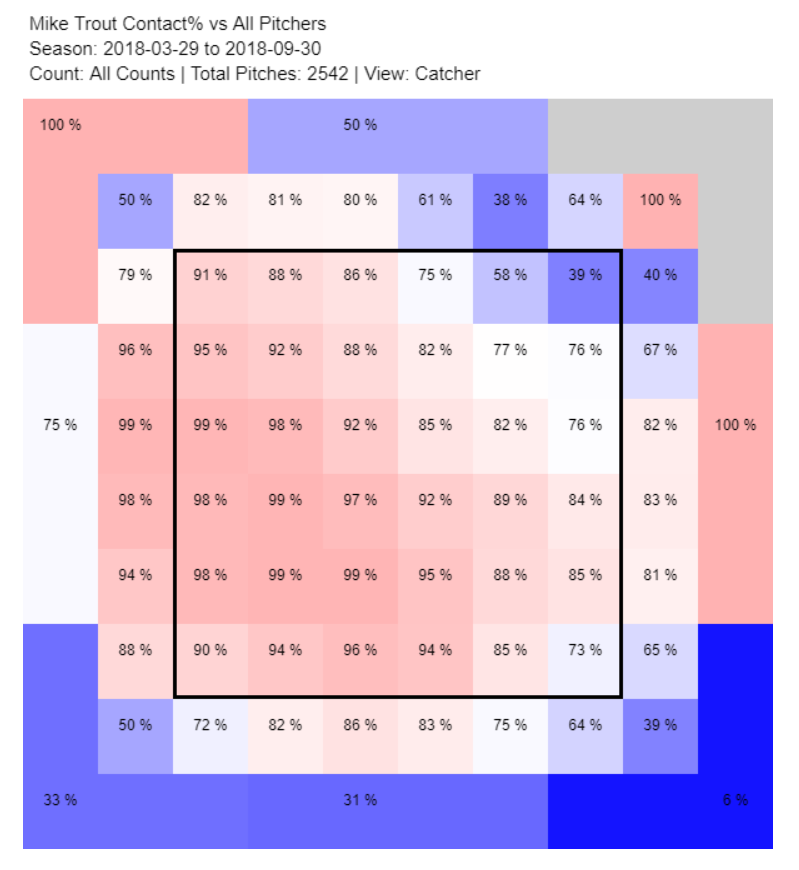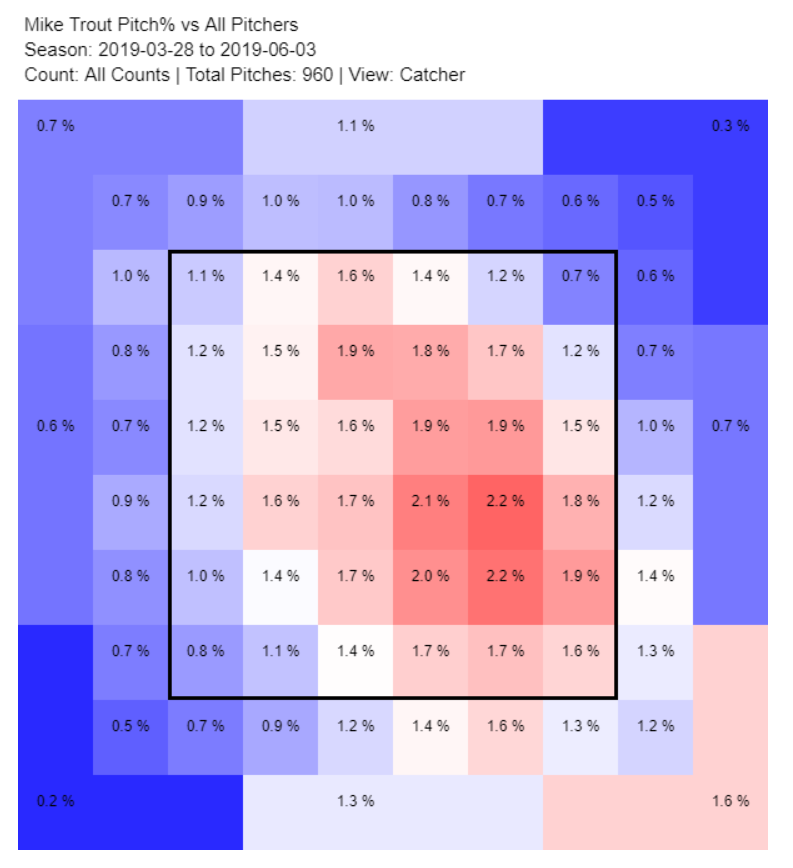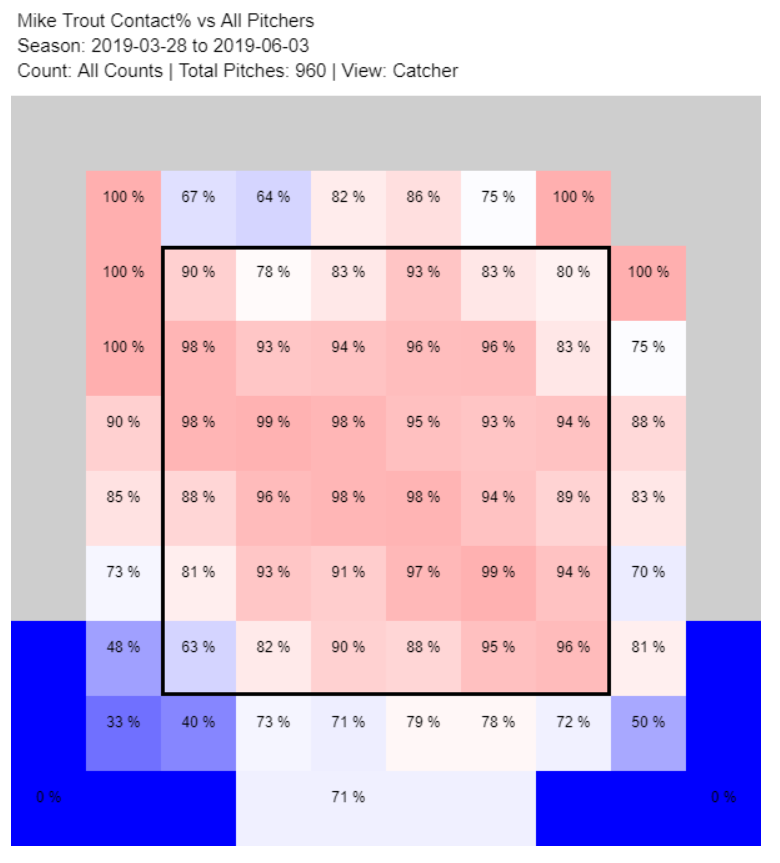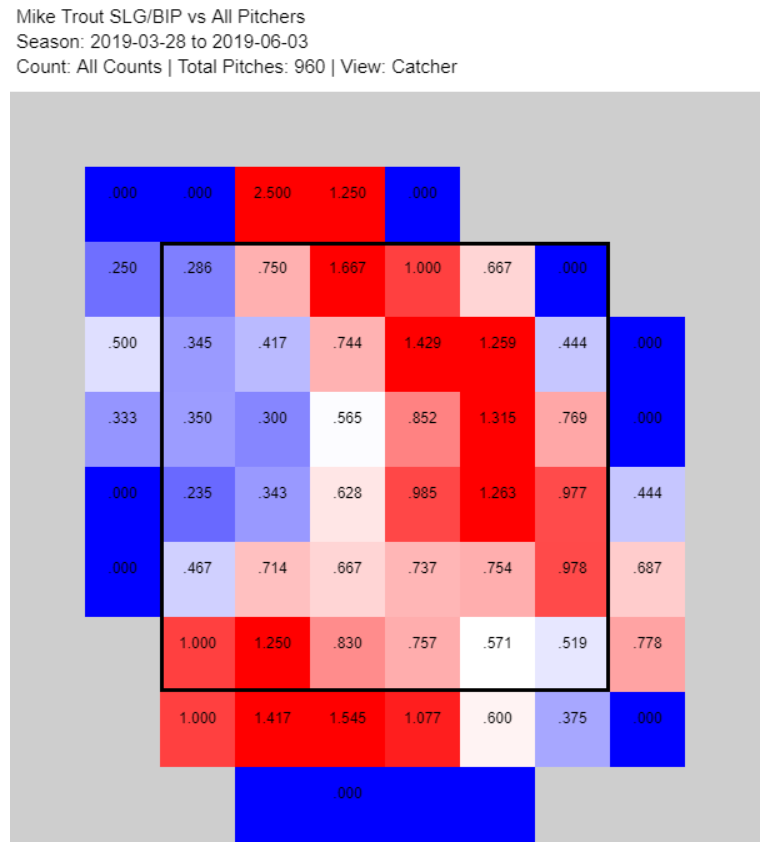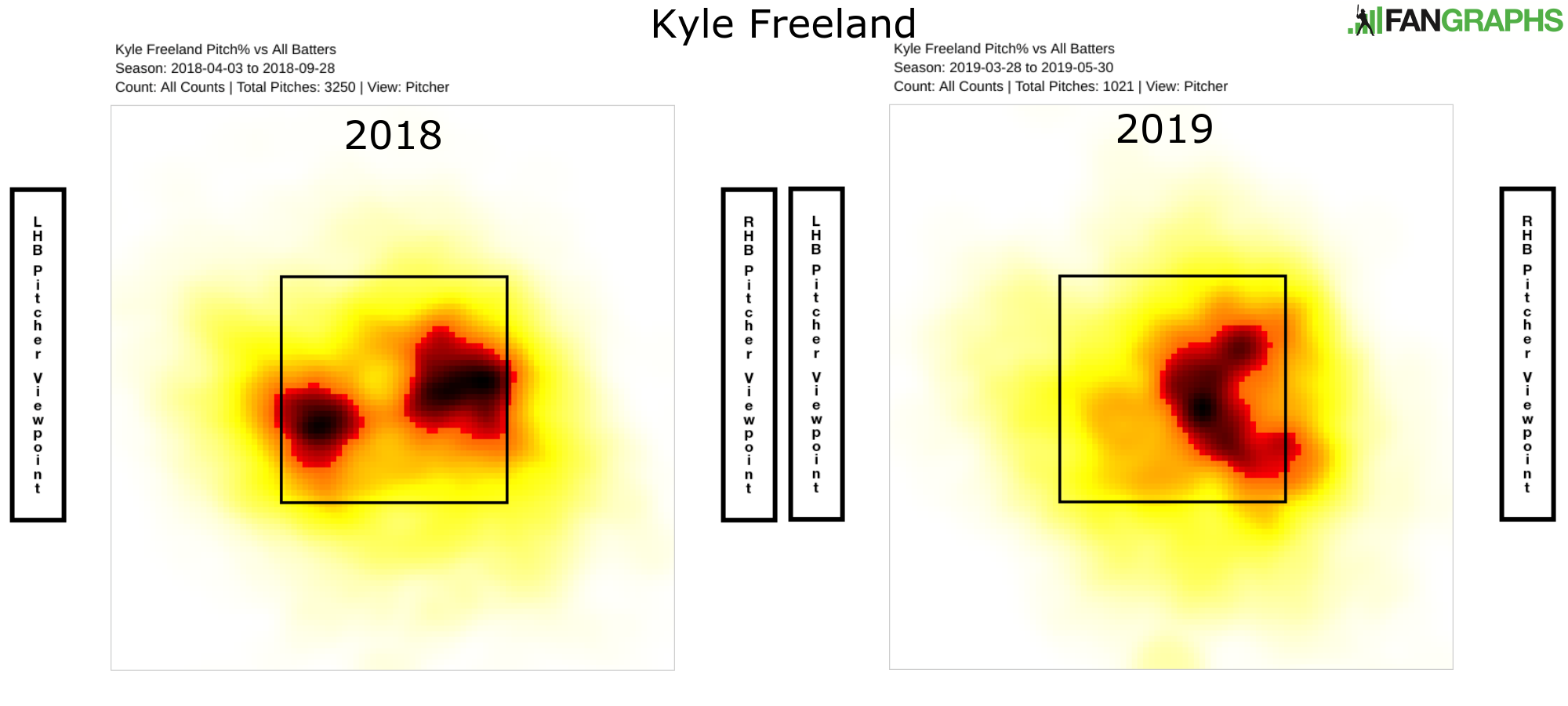Here is our final mock draft. You can see the rest of our Draft Week content on the widget above. For those picks where we think it’s down to two guys, we’ve made note of it.
First Round
1. Orioles – Adley Rutschman, C, Oregon State
Alternative: Vaughn
2. Royals – Bobby Witt, Jr., SS, Colleyville Heritage HS (TX)
3. White Sox – Andrew Vaughn, 1B, Cal
4. Marlins – J.J. Bleday, RF, Vanderbilt
5. Tigers – Riley Greene, RF, Hagerty HS (FL)
6. Padres – C.J. Abrams, SS, Blessed Trinity HS (GA)
Alternative: Langeliers
7. Reds – Nick Lodolo, LHP, TCU
Alternative: Langeliers
8. Rangers – Brett Baty, 3B, Lake Travis HS (TX)
Alternative: Manoah
9. Braves – Shea Langeliers, C, Baylor
Alternative: Carroll
10. Giants – Hunter Bishop, CF, Arizona State
Alternative: Stott
11. Blue Jays – Alek Manoah, RHP, West Virginia
12. Mets – Bryson Stott, SS, UNLV
Alternative: Thompson
13. Twins – Josh Jung, 3B, Texas Tech
Alternative: Cavaco
14. Phillies – Jackson Rutledge, RHP, San Jacinto JC (TX)
15. Angels – Keoni Cavaco, 3B, Eastlake HS (CA)
Alternative: Thompson
16. D’Backs – Corbin Carroll, CF, Lakeside HS (WA)
17. Nationals – Matthew Allan, RHP, Seminole HS (FL)
Alternative: Kirby
18. Pirates – Quinn Priester, RHP, Cary-Grove HS (IL)
19. Cardinals – Zack Thompson, LHP, Kentucky
Alternative: Wilson
20. Mariners – Greg Jones, SS, UNC Wilmington
Alternative: Kirby
21. Braves – Kameron Misner, RF, Missouri
22. Rays – Will Wilson, 2B, North Carolina State
23. Rockies – Michael Busch, 1B, North Carolina
Alternative: Toglia
24. Indians – George Kirby, RHP, Elon
25. Dodgers – Daniel Espino, RHP, Premier Academy HS (GA)
26. D’Backs – Matthew Lugo, SS, Beltran Academy HS (PR)
27. Cubs – Kody Hoese, 3B, Tulane
28. Brewers – Hunter Barco, LHP, Bolles HS (FL)
29. A’s – Kyren Paris, SS, Freedom HS (CA)
30. Yankees – Anthony Volpe, SS, Delbarton HS (NJ)
31. Dodgers – Kyle Stowers, RF, Stanford
32. Astros – Matt Wallner, RF, Southern Mississippi
Compensation Picks
33. D’Backs – Blake Walston, LHP, New Hanover HS (NC)
34. D’Backs – Tyler Callihan, 3B, Providence HS (FL)
35. Marlins – Logan Davidson, SS, Clemson
36. Rays – Brooks Lee, SS, San Luis Obispo HS (CA)
37. Pirates – Gunnar Henderson, SS, Morgan Academy HS (AL)
38. Yankees – Drey Jameson, RHP, Ball State
39. Twins – J.J. Goss, RHP, Cypress Ranch HS (TX)
40. Rays – Brennan Malone, RHP, IMG Academy HS (FL)
41. Rangers – Nasim Nunez, SS, Collins Hill HS (GA)
Second Round
42. Orioles – Ryan Jensen, RHP, Fresno State
43. Red Sox – Cameron Cannon, 3B, Arizona
44. Royals – Ethan Small, LHP, Mississippi State
45. White Sox – Maurice Hampton, CF, Memphis University HS (TN)
46. Marlins – Josh Smith, SS, LSU
47. Tigers – Dominic Fletcher, CF, Arkansas
48. Padres – Seth Johnson, RHP, Campbell
49. Reds – Sammy Siani, CF, William Penn Charter HS (PA)
50. Rangers – Braden Shewmake, SS, Texas A&M
51. Giants – Drew Mendoza, 3B, Florida State
52. Blue Jays – Tommy Henry, LHP, Michigan
53. Mets – Brady McConnell, SS, Florida
54. Twins – Ethan Hearn, C, Mobile Christian HS (AL)
55. Angels – Chase Strumpf, 2B, UCLA
56. D’Backs – Nick Quintana, 2B, Arizona
57. Pirates – T.J. Sikkema, LHP, Missouri
58. Cardinals – Aaron Schunk, 3B, Georgia
59. Mariners – John Doxakis, LHP, Texas A&M
60. Braves – Matt Cronin, LHP, Arkansas
61. Rays – Jordan Brewer, CF, Michigan
62. Rockies – Michael Toglia, 1B, UCLA
63. Indians – Yordys Valdes, SS, McArthur HS (FL)
64. Cubs – Trey Faltine, RHP, William Travis HS (TX)
65. Brewers – Jamari Baylor, SS, Benedictine HS (VA)
66. A’s – Kyle McCann, C, Georgia Tech
67. Yankees – Rece Hinds, RF, IMG Academy HS (FL)
68. Astros – Isaiah Campbell, RHP, Arkansas
69. Red Sox – Ryne Nelson, RHP, Oregon
Compensation Picks
70. Royals – Hudson Head, CF, Churchill HS (TX)
71. Orioles – Ryan Pepiot, RHP, Butler
72. Pirates – Josh Wolf, RHP, St. Thomas HS (TX)
73. Padres – Dasan Brown, CF, Abbey Park HS (CAN)
74. D’Backs – Davis Wendzel, 3B, Baylor
75. D’Backs – Erik Miller, LHP, Stanford
76. Mariners – Tyler Baum, RHP, North Carolina
77. Rockies – Bryce Osmond, RHP, Jenks HS (OK)
78. Dodgers – Spencer Jones, 1B/LHP, La Costa Canyon HS (CA)

